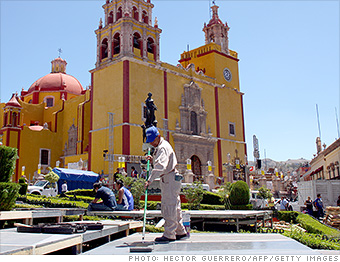1) Congressional
gridlock is not inevitable.
We've seen that congressional gridlock is not endemic to Mexican democracy: game-changing legislation can be passed even though the president’s party does
not control Congress. Whatever
your opinion of President Peña, it is undeniable that he is a skilled
politician.
2) Reforms don’t
work their magic overnight.
This year has taught us that reforms don’t boost the growth rate immediately. The
time that elapses between passage of a law and its impact on growth depends on
the type of reform and its scope. The energy reform is a case in
point: it could be a decade before the expected new investments in oil
production bear fruit.
3) Tweaking the
economic model.
The Peña Administration has enlarged on
prior governments’ commitment to sound macroeconomic policies. This
Administration’s economic policy overlays the classical PRI strategy of
government-provided social programs financed by deficit spending on a
commitment to maintaining macro-economic stability. It can be a difficult
balancing act, especially over the medium and long-term. Structural
reform is the second piece of the policy puzzle. The Administration is betting
on reform to boost the economy’s sustainable long-term growth rate.
4) A changing
external environment.
A consequence of the Fed's quantitative easing (QE) policy was that liquidity flooded world financial markets. Some of that
liquidity found its way into emerging markets, strengthening their currencies. The Fed will, at some
point, decrease and then eliminate its liquidity injections. When that happens,
the countries that have received large inflows of portfolio investment should
not be surprised if foreign investment in their fixed income and equity markets
drops off.
The number and breadth of the economic reforms passed by Congress in the first year of the Peña sexenio is nothing less than breathtaking. The
next five years will tell if the reforms live up to their billing.
